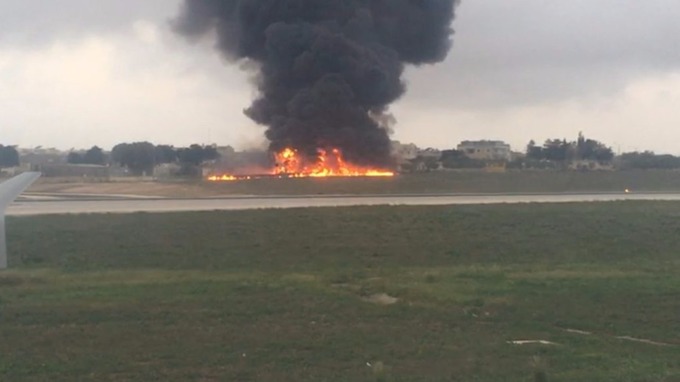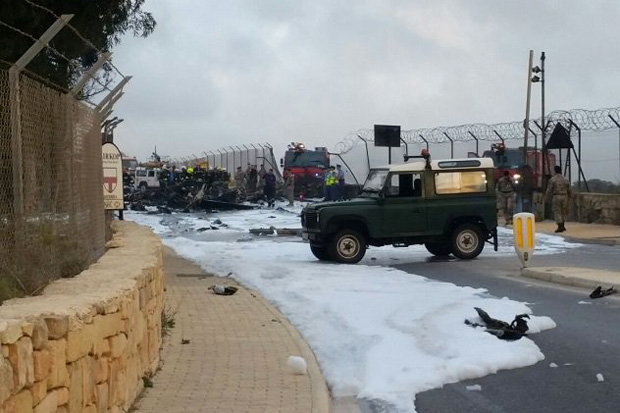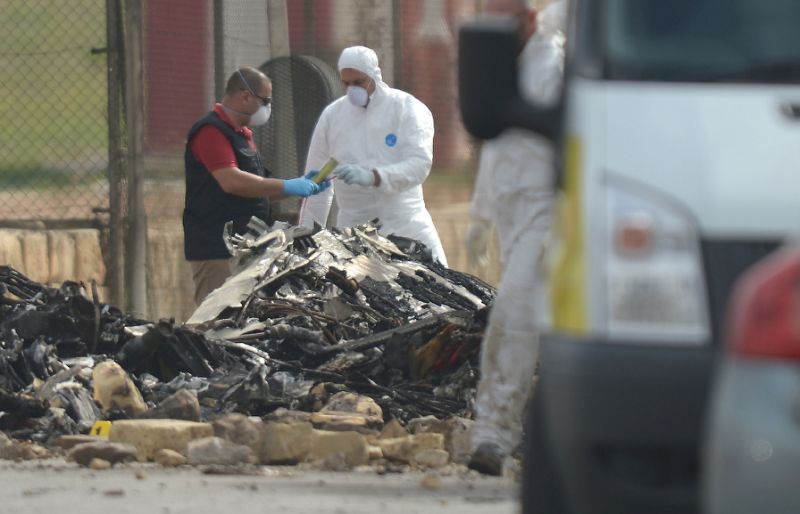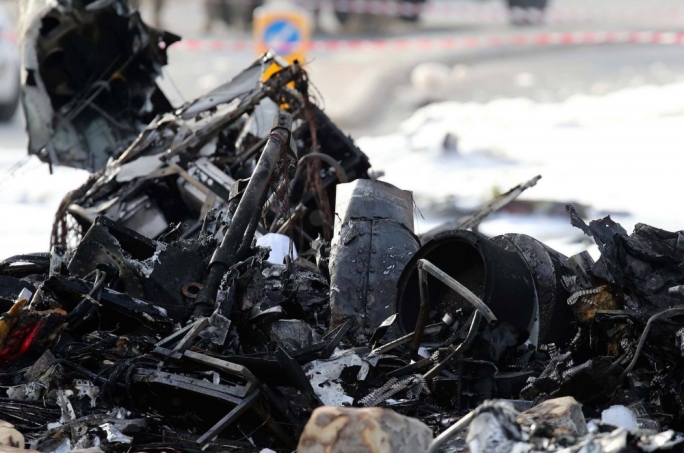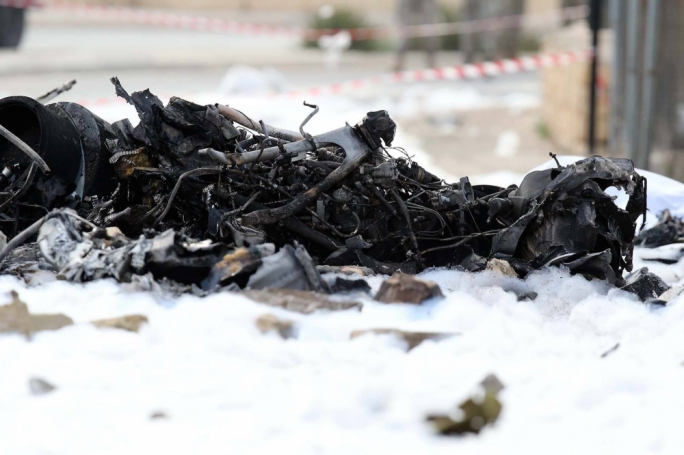Country
Crash of a Swearingen SA227AC Metro III in Thompson
Date & Time:
Nov 2, 2017 at 1920 LT
Registration:
C-FLRY
Survivors:
Yes
Schedule:
Gods River – Thompson
MSN:
AC-756
YOM:
1990
Flight number:
PAG959
Crew on board:
2
Crew fatalities:
Pax on board:
0
Pax fatalities:
Other fatalities:
Total fatalities:
0
Captain / Total hours on type:
1000.00
Copilot / Total hours on type:
700
Aircraft flight hours:
24672
Circumstances:
On 02 November 2017, a Perimeter Aviation LP Fairchild SA227-AC Metro III (serial number AC-756B, registration C-FLRY) was operating as flight 959 (PAG959) from Gods River Airport, Manitoba, to Thompson Airport, Manitoba, with 2 flight crew members on board. When the aircraft was approximately 40 nautical miles southeast of Thompson Airport, the crew informed air traffic control that they had received a low oil pressure indication on the left engine that might require the engine to be shut down. The crew did not declare an emergency, but aircraft rescue and firefighting services were put on standby. After touchdown on Runway 24 with both engines operating, the aircraft suddenly veered to the right and exited the runway. The aircraft came to rest in snow north of the runway. The captain and first officer exited the aircraft through the left side over-wing emergency exit and were taken to hospital with minor injuries. The aircraft was substantially damaged. The 406-MHz emergency locator transmitter did not activate. The occurrence took place during the hours of darkness, at 1920 Central Daylight Time.
Probable cause:
Findings as to causes and contributing factors:
1. The left engine low oil pressure indications during the previous and the occurrence flights were likely the result of a steady oil leak past the rear turbine air-oil seal assembly.
2. The loss of engine oil pressure resulted in a loss of propeller control authority on landing and the upset of the aircraft.
3. After consultation with maintenance, the crew considered the risks associated with landing single engine and without hydraulic pressure for the nose-wheel steering, and decided to continue the flight with both engines running, even though this was not consistent with the QRH procedures for low oil pressure indications.
4. Carbon deposits that accumulated within the inside diameter of the bellows convolutions interfered with the bellows’ ability to expand and to provide a positive seal against the rotor seal.
Findings as to risk:
1. If Canadian Aviation Regulations (CARs) subparts 703 and 704 operators do not provide initial or recurrent crew resource management training to pilots, these pilots may not be prepared to avoid, trap, or mitigate crew errors encountered during flight.
2. If operators of the SA227-AC Metro III aircraft rely solely on the emergency procedures listed in the aircraft flight manual, continued engine operation with low oil pressure may result in loss of control of the aircraft.
3. If an engine is not allowed to sufficiently cool down prior to shutdown, oil that remains trapped within hot areas of the engine may heat up to a point where the oil decomposes, creating a carbon deposit.
4. If flight data, voice, and video recordings are not available to an investigation, the identification and communication of safety deficiencies to advance transportation safety may be precluded.
Other findings:
1. The investigation was unable to determine the length of cooldown periods for the occurrence aircraft. However, a random sampling of engine shutdowns for similar company aircraft showed that 50% had not completed the full 3-minute cooldown period.
2. Despite having received limited crew resource management (CRM).
1. The left engine low oil pressure indications during the previous and the occurrence flights were likely the result of a steady oil leak past the rear turbine air-oil seal assembly.
2. The loss of engine oil pressure resulted in a loss of propeller control authority on landing and the upset of the aircraft.
3. After consultation with maintenance, the crew considered the risks associated with landing single engine and without hydraulic pressure for the nose-wheel steering, and decided to continue the flight with both engines running, even though this was not consistent with the QRH procedures for low oil pressure indications.
4. Carbon deposits that accumulated within the inside diameter of the bellows convolutions interfered with the bellows’ ability to expand and to provide a positive seal against the rotor seal.
Findings as to risk:
1. If Canadian Aviation Regulations (CARs) subparts 703 and 704 operators do not provide initial or recurrent crew resource management training to pilots, these pilots may not be prepared to avoid, trap, or mitigate crew errors encountered during flight.
2. If operators of the SA227-AC Metro III aircraft rely solely on the emergency procedures listed in the aircraft flight manual, continued engine operation with low oil pressure may result in loss of control of the aircraft.
3. If an engine is not allowed to sufficiently cool down prior to shutdown, oil that remains trapped within hot areas of the engine may heat up to a point where the oil decomposes, creating a carbon deposit.
4. If flight data, voice, and video recordings are not available to an investigation, the identification and communication of safety deficiencies to advance transportation safety may be precluded.
Other findings:
1. The investigation was unable to determine the length of cooldown periods for the occurrence aircraft. However, a random sampling of engine shutdowns for similar company aircraft showed that 50% had not completed the full 3-minute cooldown period.
2. Despite having received limited crew resource management (CRM).
Final Report:

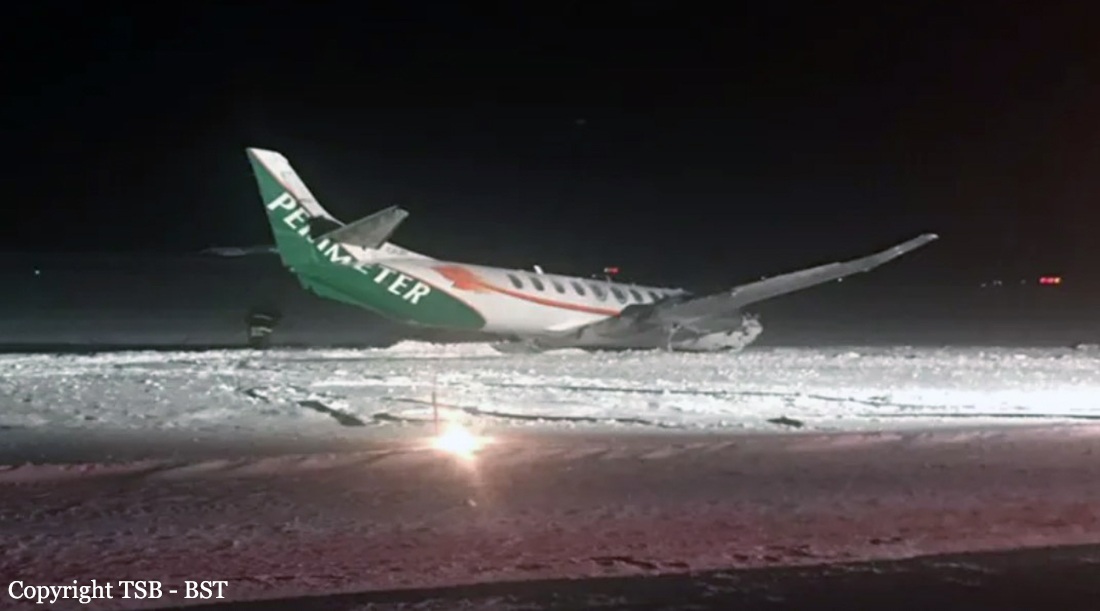
Crash of a Swearingen SA227AC Metro III in Tampico
Date & Time:
Jun 2, 2017 at 2245 LT
Registration:
XA-UAJ
Survivors:
Yes
Schedule:
Saltillo – Puebla
MSN:
AC-586
YOM:
1984
Crew on board:
2
Crew fatalities:
Pax on board:
0
Pax fatalities:
Other fatalities:
Total fatalities:
0
Aircraft flight hours:
35318
Aircraft flight cycles:
43028
Circumstances:
The twin engine aircraft departed Saltillo Airport on a night cargo flight to Puebla, carrying two pilots and a load of 550 kilos of various goods. En route, the crew declared an emergency and reported a low fuel condition before being cleared to divert to Tampico-General Francisco Javier Mina Airport. On final approach, both engines stopped and the aircraft descended into trees and crashed in a wooded area located 850 metres short of runway 31. Both pilots were slightly injured and the aircraft was damaged beyond repair.
Probable cause:
Emergency landing due to an inadequate pre-flight of the aircraft which resulted in the loss of power of both engines during the cruise flight due to exhaustion of fuel on board.
Contributing factors:
- Lack of adherence to flight planning procedures.
- Lack of coordination between captain and operations officer during pre-flight preparation.
- Lack of supervision of dispatcher activities.
Contributing factors:
- Lack of adherence to flight planning procedures.
- Lack of coordination between captain and operations officer during pre-flight preparation.
- Lack of supervision of dispatcher activities.
Final Report:
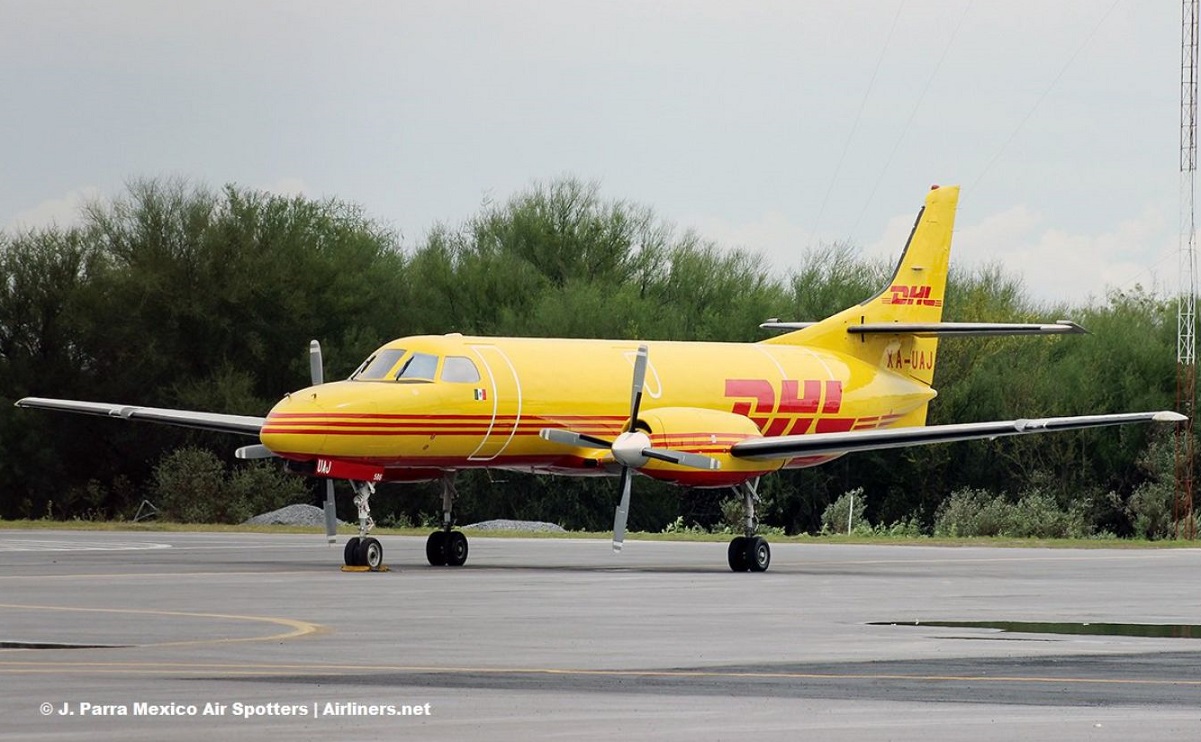
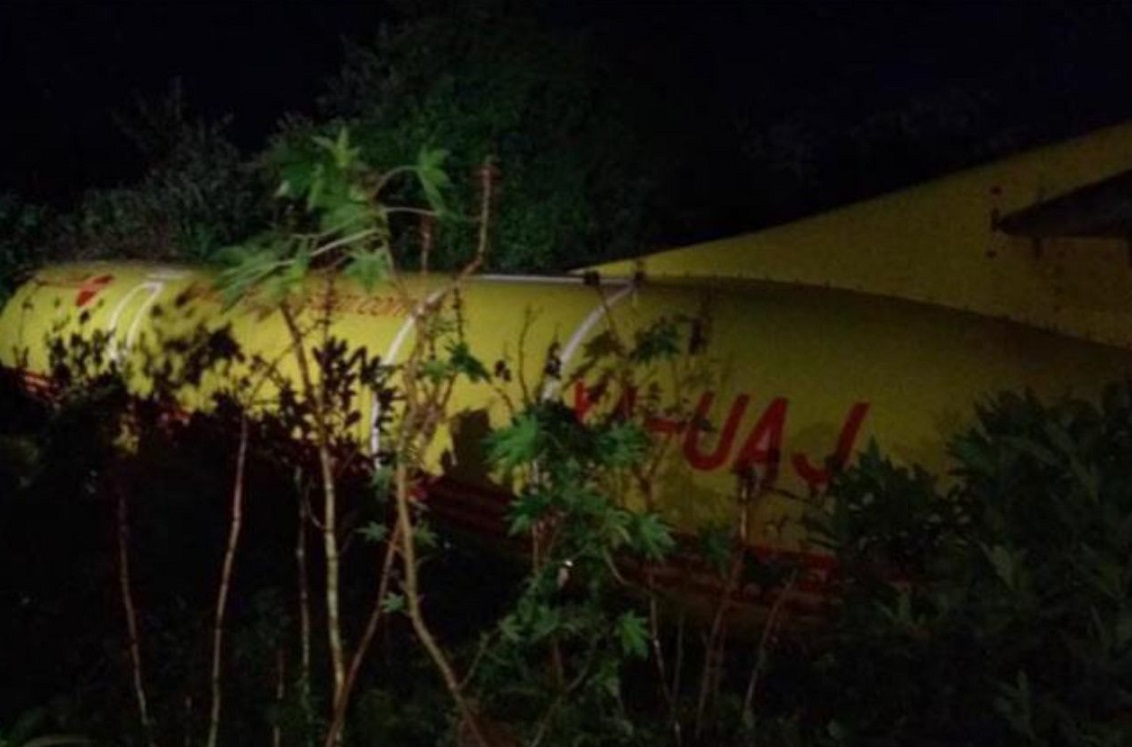
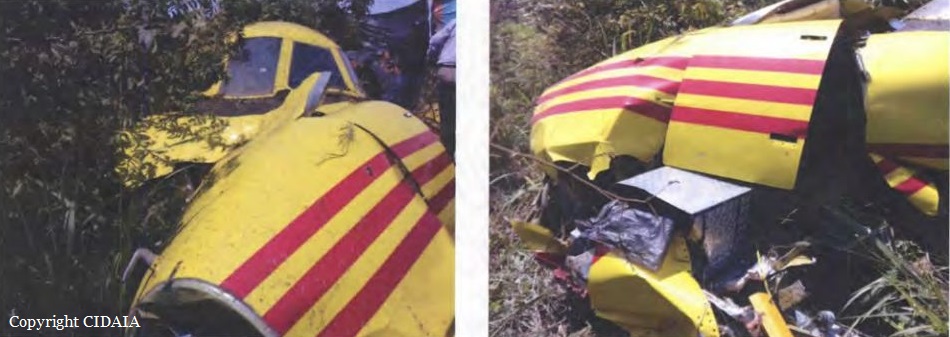


Crash of a Swearingen SA227AC Metro III in Camilla: 1 killed
Date & Time:
Dec 5, 2016 at 2222 LT
Registration:
N765FA
Survivors:
No
Schedule:
Panama City – Albany
MSN:
AC-765
YOM:
1990
Flight number:
LYM308
Crew on board:
1
Crew fatalities:
Pax on board:
0
Pax fatalities:
Other fatalities:
Total fatalities:
1
Captain / Total hours on type:
4670.00
Aircraft flight hours:
24233
Circumstances:
The airline transport pilot delayed his scheduled departure for the night cargo flight due to thunderstorms along the route. Before departing, the pilot explained to the flight follower assigned to the flight that if he could not get though the thunderstorms along the planned route, he would divert to the alternate airport. While en route, the pilot was advised by the air traffic controller in contact with the flight of a "ragged line of moderate, heavy, and extreme" precipitation along his planned route. The controller also stated that he did not see any breaks in the weather. The controller cleared the pilot to descend at his discretion from 7,000 ft mean sea level (msl) to 3,000 ft msl, and subsequently, the controller suggested a diversion to the northeast for about 70 nautical miles that would avoid the most severe weather. The pilot responded that he had enough fuel for such a diversion but concluded that he would "see what the radar is painting" after descending to 3,000 ft msl. About 1 minute 30 seconds later, as the airplane was descending through 7,000 ft msl, the controller stated, "I just lost you on radar, I don't show a transponder, it might have to do with the weather." About 40 seconds later, the pilot advised the controller that he intended to deviate to the right of course, and the controller told the pilot that he could turn left and right as needed. Shortly thereafter, the pilot stated that he was going to turn around and proceed to his alternate airport. The controller cleared the pilot direct to his alternate and instructed him to maintain 3,000 ft msl. The pilot acknowledged the instruction, and the controller then stated, "do you want to climb back up? I can offer you any altitude." The pilot responded that he would try to climb back to 3,000 ft msl. The controller then recommended a heading of 180° to "get you clear of the weather quicker," and the pilot responded, "alright 180." There were no further communications from the pilot. Shortly thereafter, radar data showed the airplane enter a right turn that continued through about 540°. During the turn its airspeed varied between 198 and 130 knots, while its estimated bank angles were between 40 and 50°. Examination of the wreckage indicated that airplane experienced an in-flight breakup at relatively low altitude, consistent with radar data that showed the airplane's last recorded altitudes to be around 3,500 ft msl. The symmetrical nature of the breakup, damage to the outboard wings, and damage to the upper fuselage were all signatures indicative that the left and right wings failed in positive overload almost simultaneously. All of the fracture surfaces examined had a dull, grainy appearance consistent with overstress separation. There was no evidence of pre-existing cracking noted at any of the separation points, nor was there evidence of any mechanical anomalies that would have prevented normal operation. Review of base reflectivity weather radar data showed that, while the pilot was maneuvering to divert to the alternate airport, the airplane was operating in an area of light precipitation that rapidly intensified to heavy precipitation, as shown by radar scans completed shortly after the accident. During this time, the flight was likely operating in clouds along the leading edge of the convective line, where the pilot most likely would have encountered updrafts and severe or greater turbulence. The low visibility conditions that existed during the flight, which was conducted at night and in instrument meteorological conditions, coupled with the turbulence the flight likely encountered, were conducive to the development of spatial disorientation. Additionally, the airplane's maneuvering during the final moments of the flight was consistent with a loss of control due to spatial disorientation. The pilot's continued flight into known convective weather conditions and his delayed decision to divert the flight directly contributed to the accident. Although the operator had a system safety-based program, the responsibility for the safe outcome of the flight was left solely to the pilot. Written company policy required completion of a flight risk assessment tool (FRAT) before each flight by the assigned flight follower; however, a FRAT was not completed for the accident flight. The flight followers responsible for completing the FRATs were not trained to complete them for night cargo flights, and the operator's management was not aware that the FRATs were not being completed for night cargo flights. Further, if a FRAT had been completed for the accident flight, the resultant score would have allowed the flight to commence into known hazardous weather conditions without any further review. If greater oversight had been provided by the operator, it is possible that the flight may have been cancelled or re-routed due to the severity of the convective weather conditions present along the planned route of flight.
Probable cause:
The pilot's decision to initiate and continue the flight into known adverse weather conditions, which resulted spatial disorientation, a loss of airplane control, and a subsequent in-flight breakup.
Final Report:
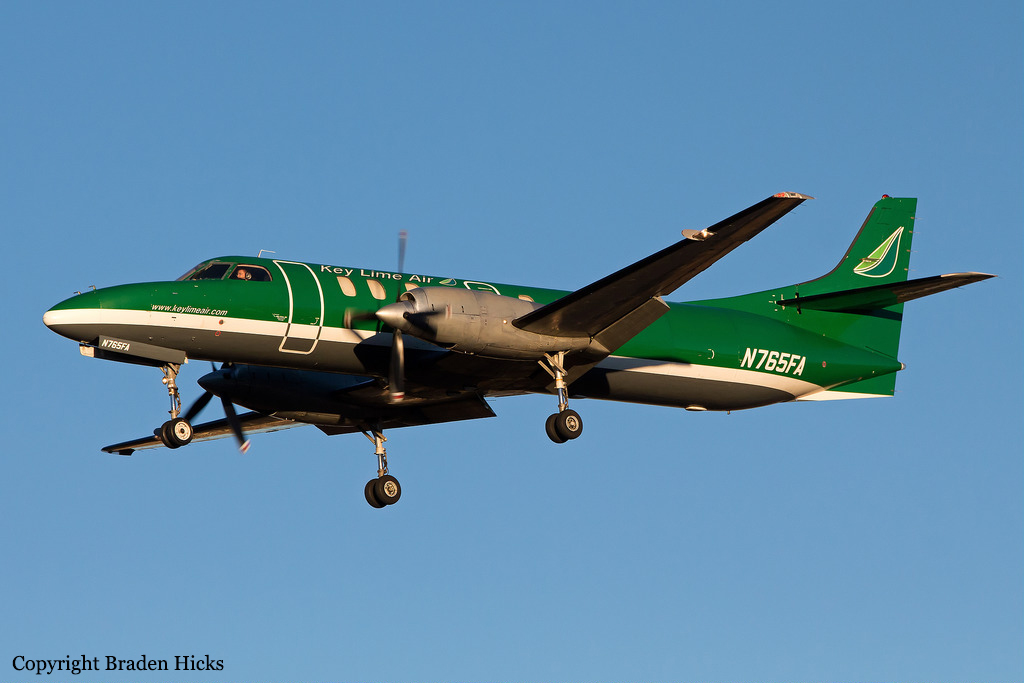
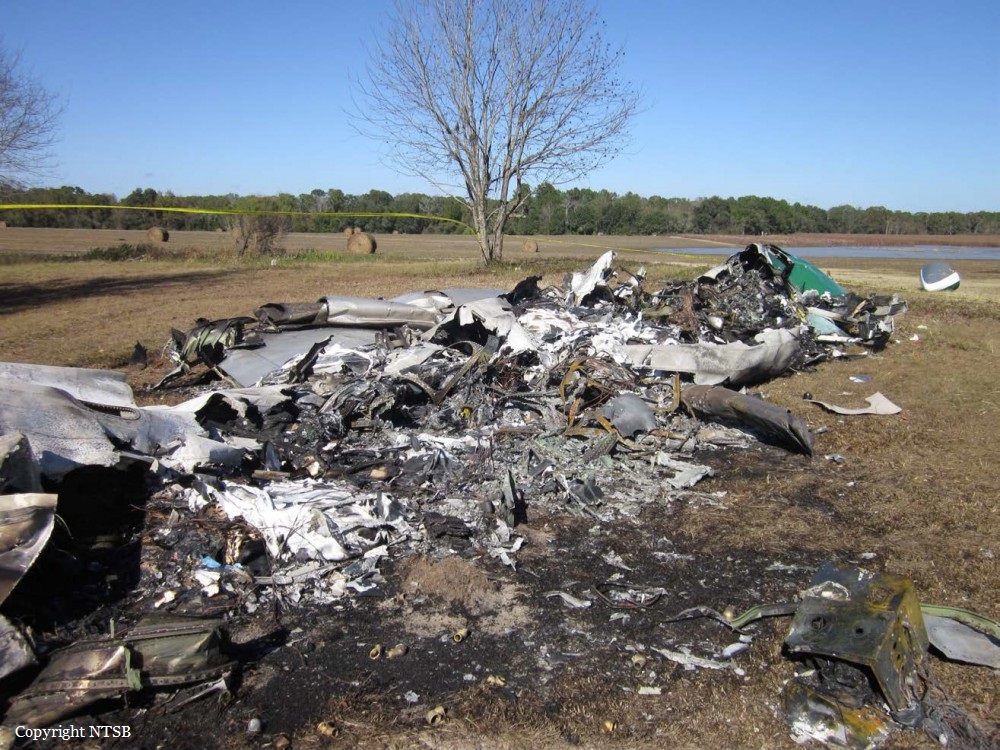
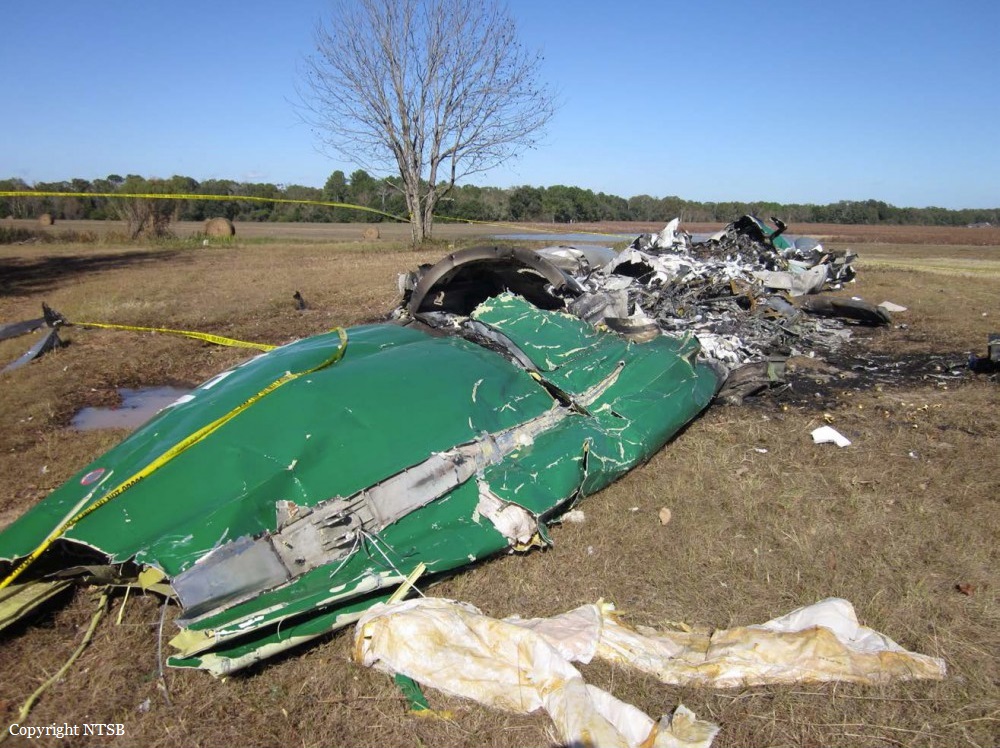
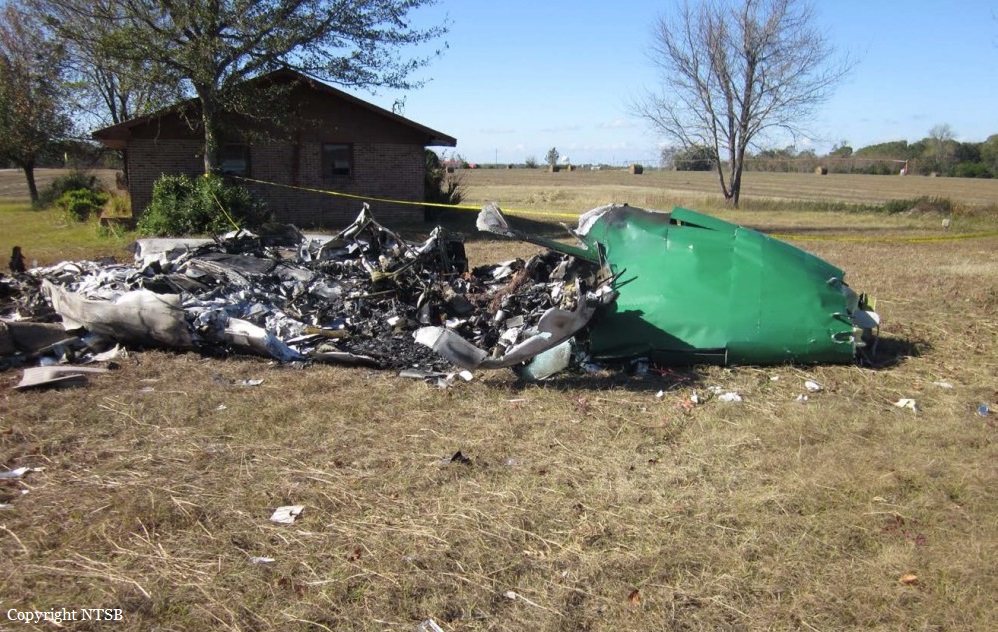
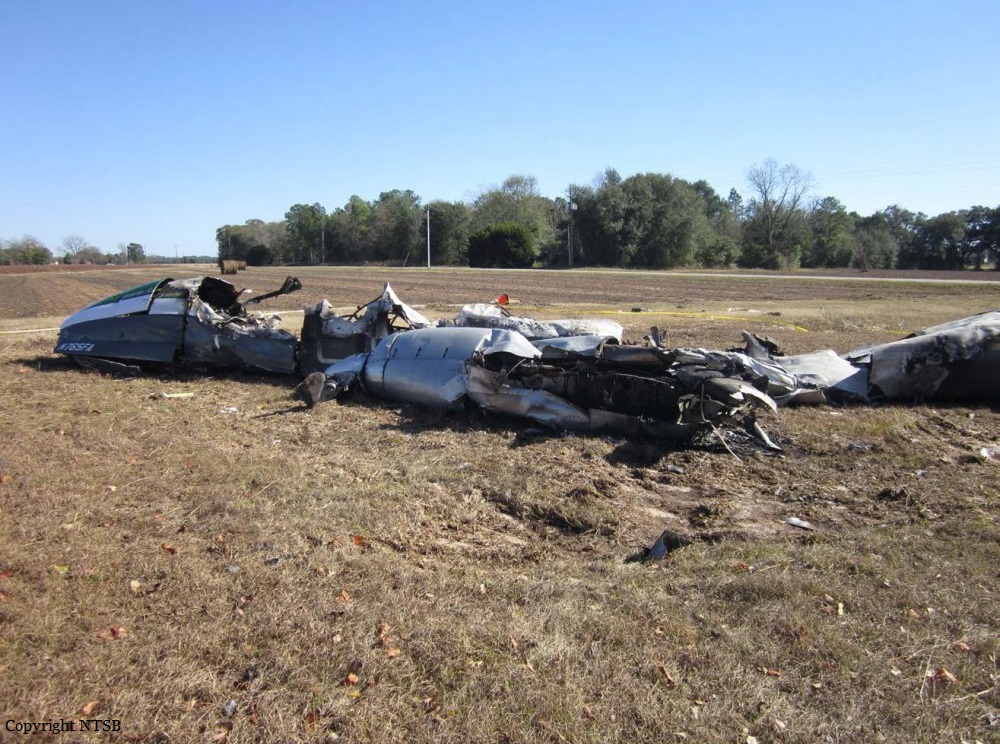

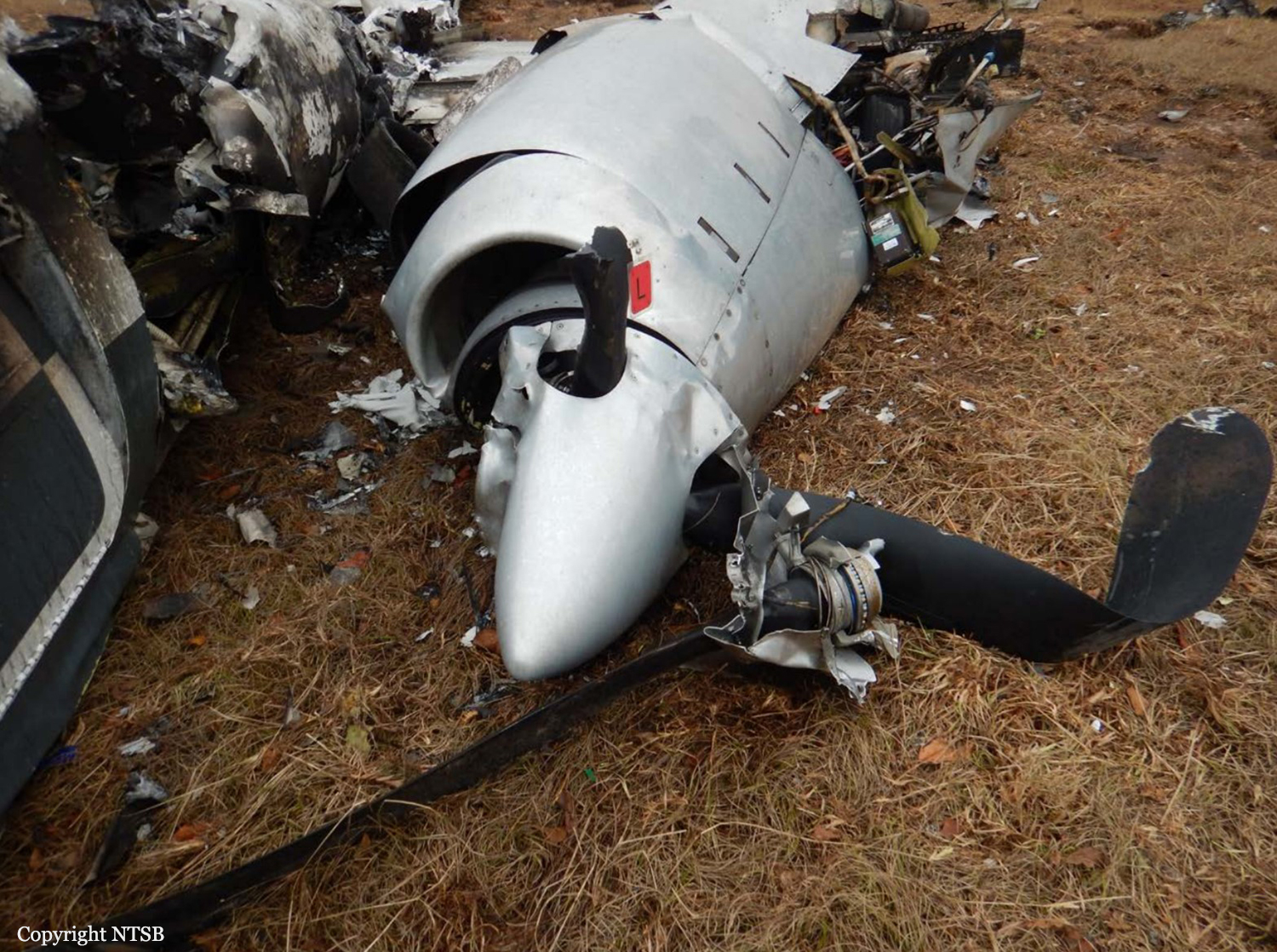
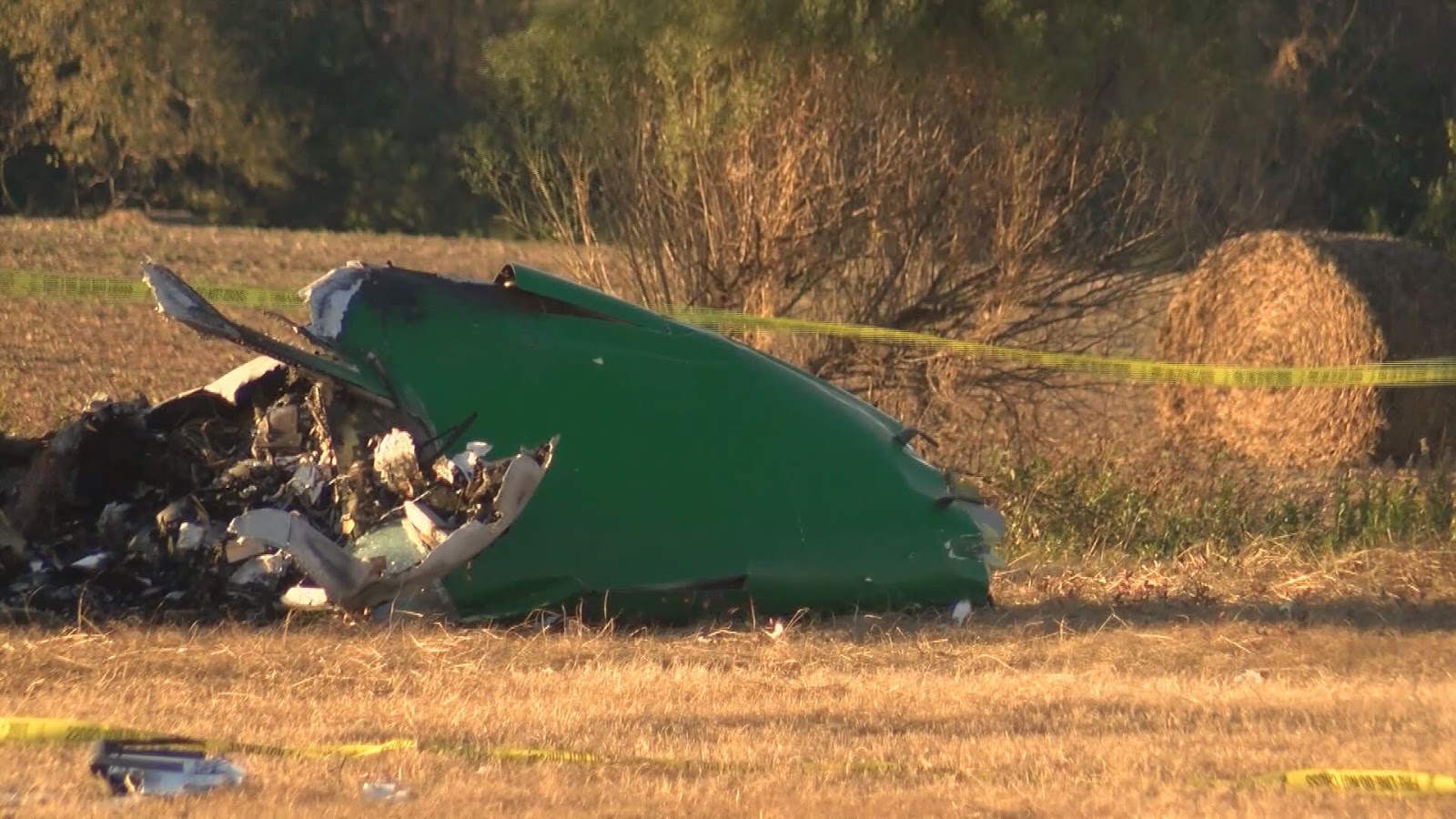
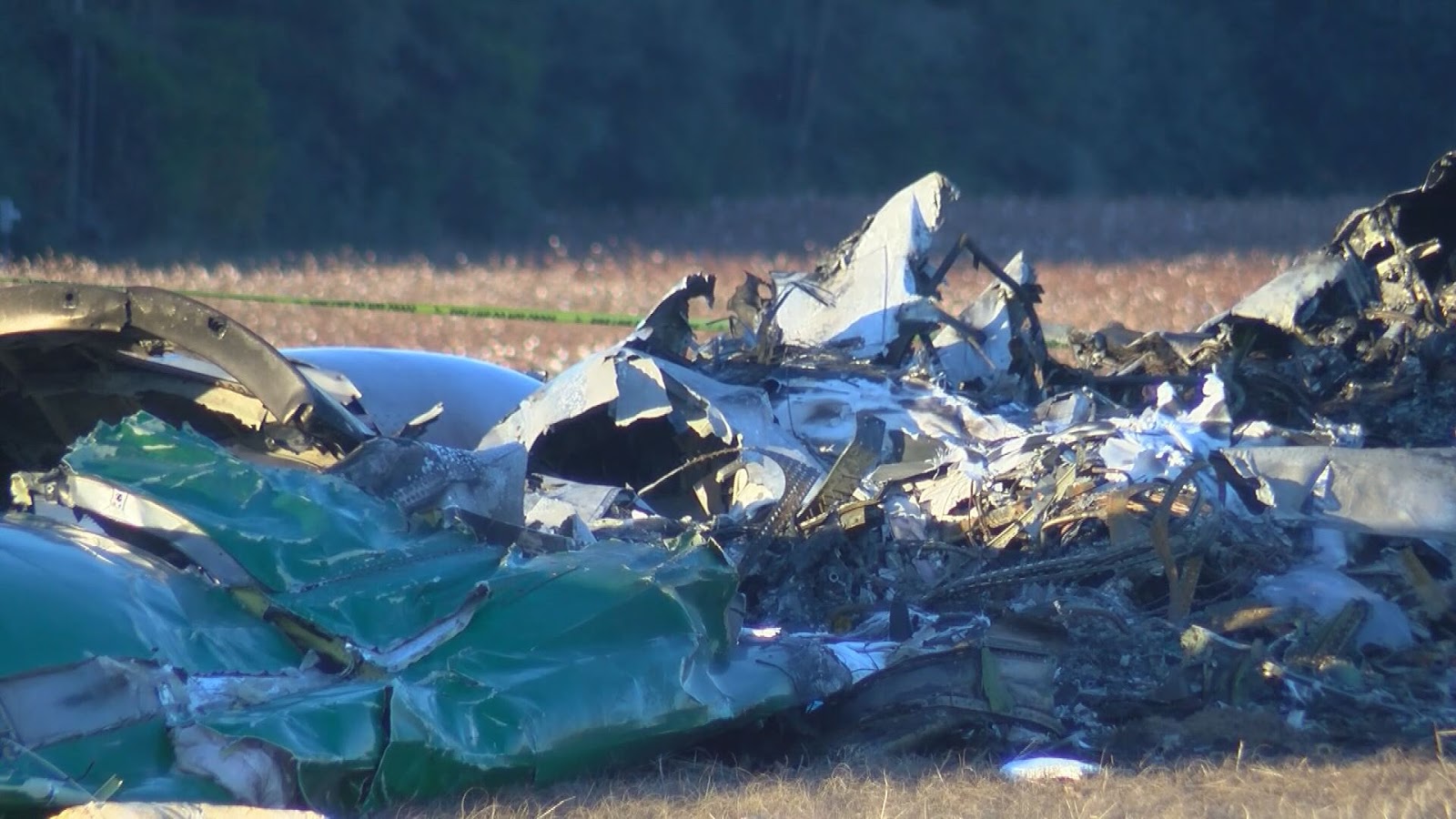

Crash of a Swearingen SA227DC Metro 23 in Bogotá
Date & Time:
Oct 28, 2016 at 2007 LT
Registration:
PNC-0226
Survivors:
Yes
Schedule:
Pereira – Bogotá
MSN:
DC-811M
YOM:
1995
Crew on board:
3
Crew fatalities:
Pax on board:
8
Pax fatalities:
Other fatalities:
Total fatalities:
0
Circumstances:
Following an uneventful flight from Pereira, the twin engine airplane was cleared to land on Bogotá-El Dorado Airport Runway 13L. Apparently, the aircraft bounced three times before landing firmly. After touchdown, it went out of control, veered off runway, lost its nose gear and came to rest in a grassy area. All 11 occupants evacuated safely and the aircraft was damaged beyond repair. Among the passengers was Juan Fernando Cristo, Minister for Internal Affairs.


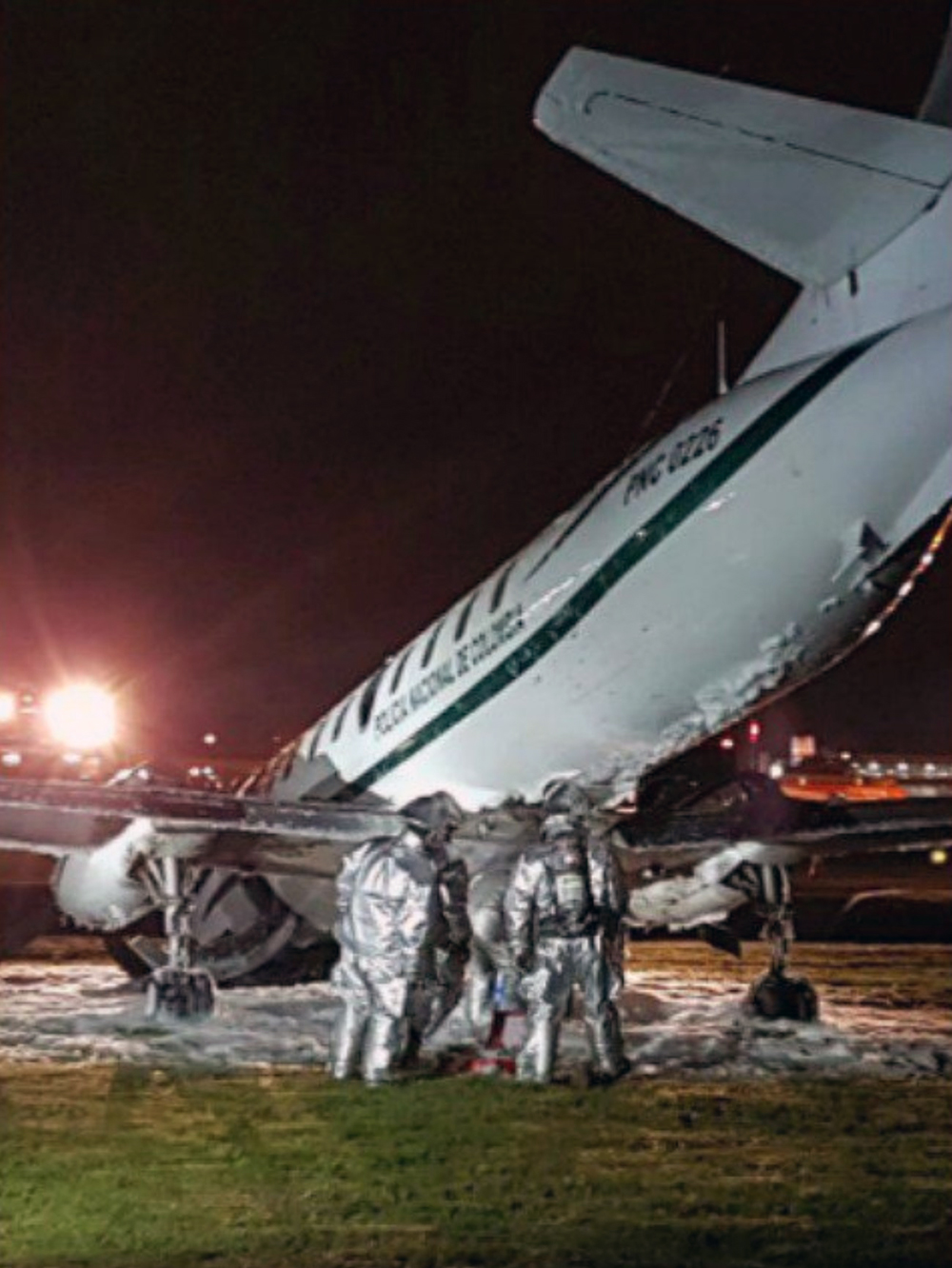
Crash of a Swearingen SA227AT Expediter in Luqa: 5 killed
Date & Time:
Oct 24, 2016 at 0720 LT
Registration:
N577MX
Survivors:
No
Schedule:
Luqa - Luqa
MSN:
AT-577
YOM:
1983
Flight number:
LXC77
Crew on board:
2
Crew fatalities:
Pax on board:
3
Pax fatalities:
Other fatalities:
Total fatalities:
5
Captain / Total hours on type:
1229.00
Copilot / Total hours on type:
2304
Aircraft flight hours:
9261
Aircraft flight cycles:
3503
Circumstances:
The aircraft was involved in a maritime patrol flight over the Mediterranean Sea, carrying a crew of two and three members of the French Ministry of Defense. Shortly after takeoff from runway 13, while in initial climb, the twin engine aircraft banked to the right, hit a perimeter fence and crashed in a huge explosion on the Triq Carmelo Caruana Street. The aircraft was destroyed by impact forces and a post crash fire. All five occupants were killed. It was previously reported that the flight was performed on behalf of the EU Frontex Program but this was later denied by the Border Agency. The presence of all three French Officers was confirmed by the French Minister of Defense Jean-Yves Le Drian. It was also confirmed by the Government of Malta that this kind of flight was performed by the French Customs since five months, an official operation of surveillance to identify human traffic and narcotics routes in the Mediterranean Sea.
Probable cause:
Investigations show that a technical malfunction was the cause of the accident. This malfunction probably originated in the specific modifications of the aircraft and in the application of an inappropriate maintenance to these modifications.
Three scenarios can be envisaged:
- Rupture of the HF antenna, which then wrapped around the elevator control surface;
- Inadvertent activation of the SAS, countered by the pilot;
- Jamming of the elevator due to a technical failure in the flight control line.
Given the condition of the wreckage and the absence of witness reports from the crew, only a flight data recorder could have enabled the BEA-É to confirm one of these hypothesis. However, in consideration of the factors detailed in the analysis, the hypothesis of damage to a component of the elevator control line remains the most plausible explanation.
Three scenarios can be envisaged:
- Rupture of the HF antenna, which then wrapped around the elevator control surface;
- Inadvertent activation of the SAS, countered by the pilot;
- Jamming of the elevator due to a technical failure in the flight control line.
Given the condition of the wreckage and the absence of witness reports from the crew, only a flight data recorder could have enabled the BEA-É to confirm one of these hypothesis. However, in consideration of the factors detailed in the analysis, the hypothesis of damage to a component of the elevator control line remains the most plausible explanation.
Final Report:

